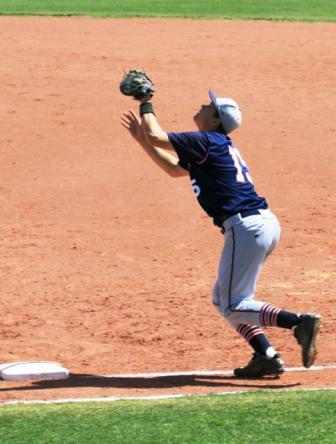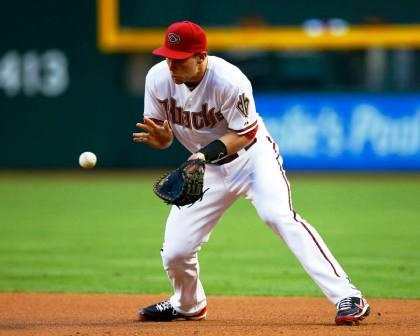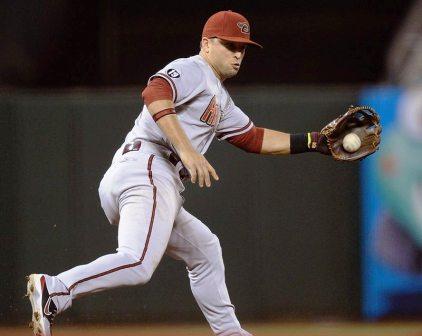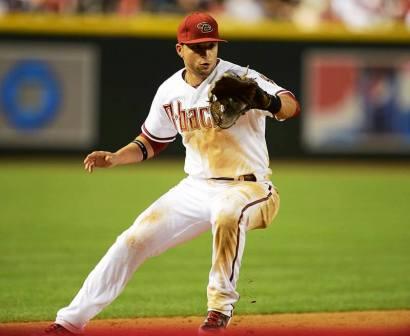 |
|||||||
Baseball Receiving, Advanced Level; Catch The Ball Balanced, With Two Hands And Your Feet Underneath You!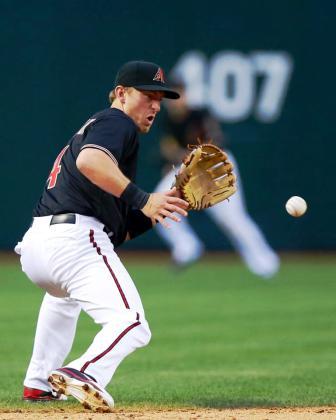 Within baseball receiving, advanced level, it becomes critical that a player move his feet to get his body around the ball, rather than simply reaching out with the glove to receive the throw. What appears on the surface to be a physical skill is often times more of a mental one. The mind must be conditioned through repetition to move to the baseball, it doesn't come naturally. That casual game of catch in the backyard or park is fun, and relaxing in that environment; but habits learned can be counter productive in a competitive environment. While there are countless opportunities for players to work on solid, competitive skills in practice, left to their own devices they will use that time to carry on a conversation and play backyard catch. It becomes the old adage, "a time and place for everything". Playing Catch Before Practice Is Not Considered Warming Up. Stretching Your Muscles Is Warming Up. Playing Catch Is Working On Throwing And Receiving Mechanics.
These skills are designed to equip the player to be able to consistently catch the ball successfully, with two hands whenever possible, balanced, with his feet underneath him. From this position he is able to take a minimum number of steps, making a strong , accurate throw. This skill set is all about quickness and balance, both of which start with the feet. Quickness to decrease the number of steps the base runner is getting before the eventual throw is made, and balance to help create a strong, accurate throw. Goals
Keys To Success
Advanced Receiving Tips ~ From the Dugout
With the forehand and backhand, players are generally amazed at how much farther they can reach, side to side, with a crossover step. Instincts usually are to step first with the foot on the side of the baseball. Taking the time to demonstrate the extended difference with a crossover is worth the time. For the forehand, step with the glove side foot, extend the glove, and set a baseball on the ground directly down from your glove. Reset in your original footprints, crossover your glove side foot with your throwing side foot, extending your glove. Set a baseball directly down from your glove. For myself, the crossover provides me with an extra 2 feet of reach both directions, not obtained by simply stepping. Well worth the time and effort to work on the steps until they are automatic. Why Receiving Is So Important, And Some Goals For SuccessIt is important to remember that a player will usually need to throw the baseball after receiving it. To accomplish that successfully requires that they are balanced, with their feet underneath them. This allows them to take a minimum number of steps to make a strong, accurate throw. For every step a defensive player takes to release their throw, a runner is taking 2-3 steps. Catch With Two Hands
Getting players to move "to the ball", moving their feet to catch the ball, is sometimes a difficult concept. The goal is to catch the ball with two hands, in a balanced athletic position. Baseball is played, from the ground up, starting with your feet. As with all baseball skills, your mind will learn what it has been taught. To recieve the baseball properly in game situations, it needs to be practiced correctly in all practice situations, to include playing catch to warm up. This warm up time also sets the tone for each practice and game. The ability to receive a thrown or batted baseball is essential for player success and safety, within the game. From the first pitch of the game, to the last recorded out, throwing and receiving a baseball are the key elements. Without possesing both of these skills, a players' options to participate are severely limited. As there is only one line up position ( DH ) solely dedicated to hitting skills, the opportunities to break into starting line ups for those with limited defensive skills, is minimal at best. Anticipation And QuicknessAs players advance with their receiving skills, anticipation and quickness become important components, in this part of their game. Anticipation comes into play as they can feel their movements, one step ahead. One example, a double play ground ball to the second baseman's left. Knowing his throw is going to the shortstop on the bag at second, he starts his glove side turn as he is fielding the ground ball. It essentially becomes one, fluid motion, rather than field, turn and throw. It is that anticipation which will make the difference between out and safe, on the backside of the double play. 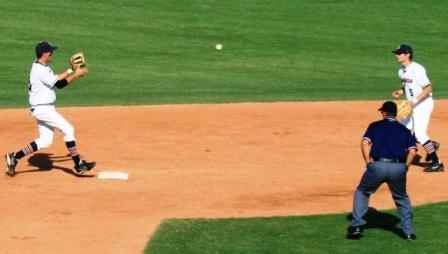 Quickness is the second intregal component. Quick feet, not only to get their body in position to recieve the ball; but to also get in a position to make the subsequent throw, in the least possible steps. Looking at the picture above, the shortstop is in a great position to quickly turn this double play. Both his glove and his throwing hand are positioned for maximum quickness, in relaying this ball to first base. No wasted steps here, for either infielder. The ball is about to be turned and the base runner is not yet in the picture. Additional Related Receiving TopicsRookie Receiving~ Work to build confidence, and eliminate fear.~ return from baseball-receiving-advanced-level to theoleballgame.com 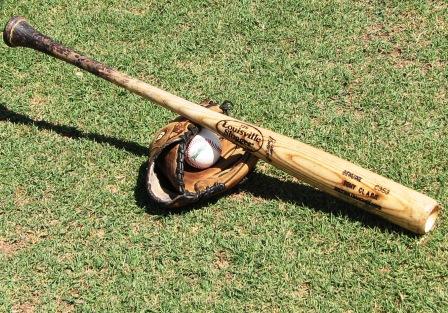 |
 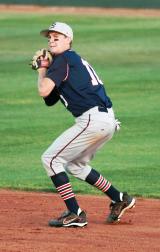 Click the image to visit our question page and have it answered. Due to my increased coaching schedule, I would ask that questions be limited to the following categories: Baseball Instruction, Baseball's Mental Game and Defensive and Offensive Situations. Don't have a question right now? Maybe you'd like to browse through questions already submitted. Each question becomes it's own web page on this site. Step up to the plate and put the ball in play! It only takes a few minutes. Solid resources for other categories: Baseball Resource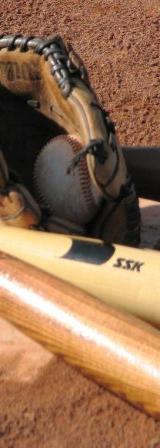 |
||||||
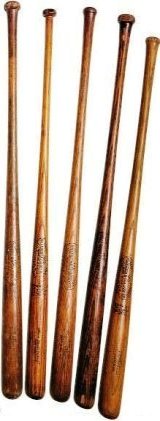 |
|||||||
|
| |||||||

